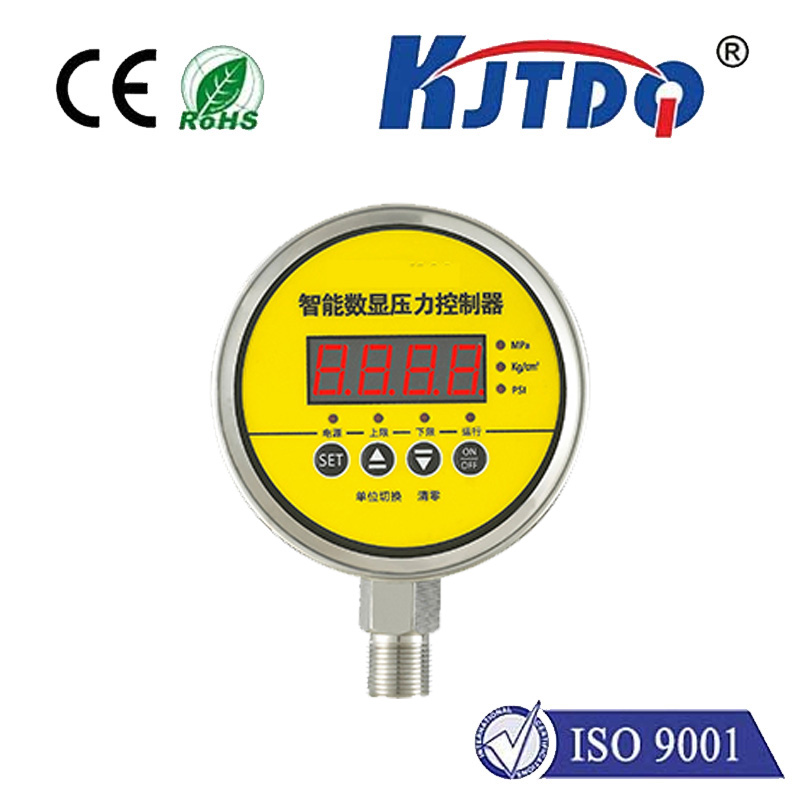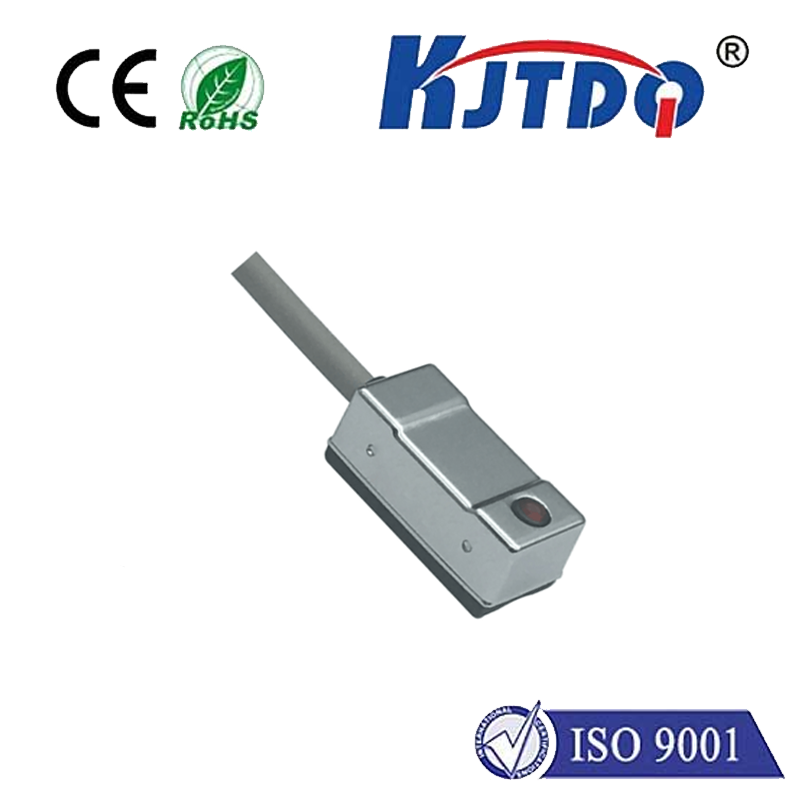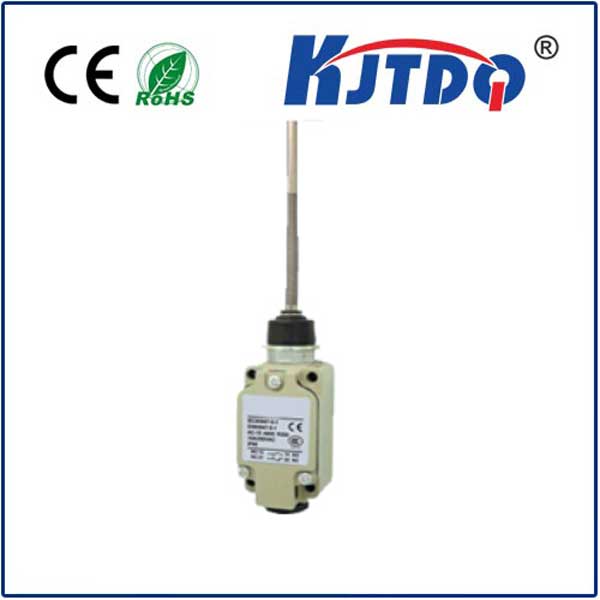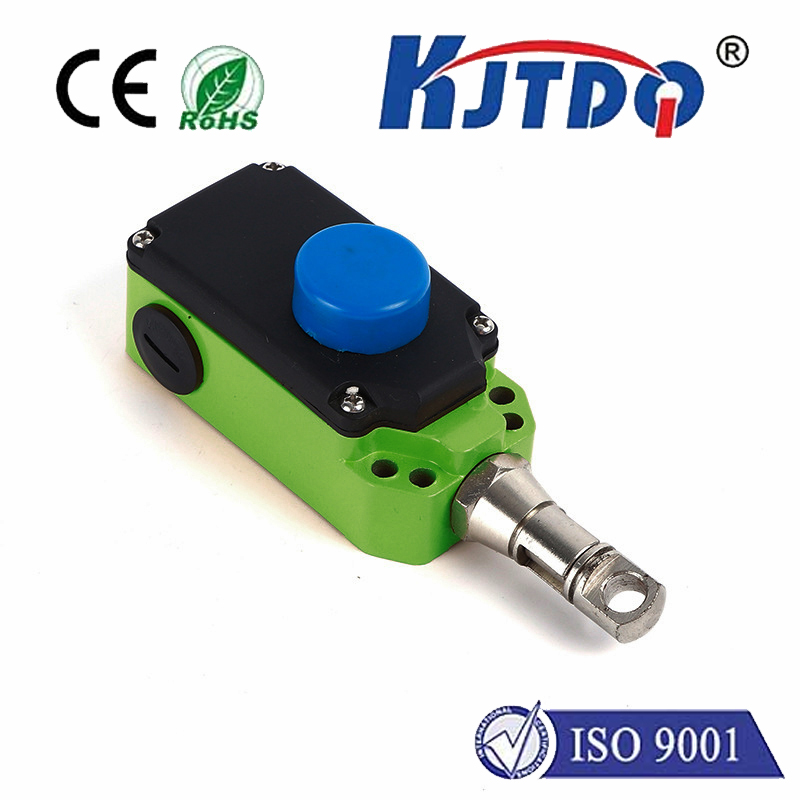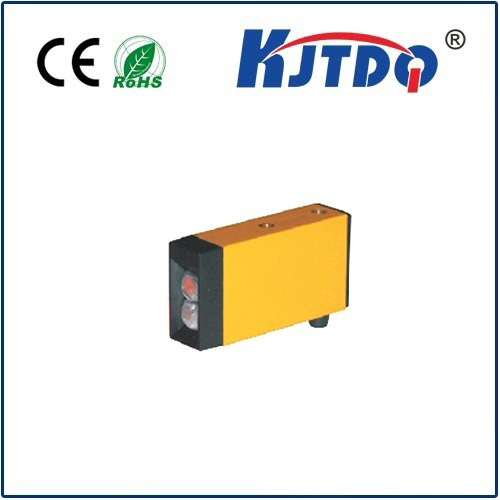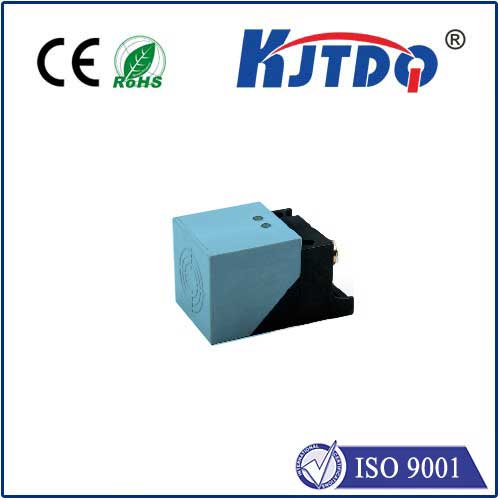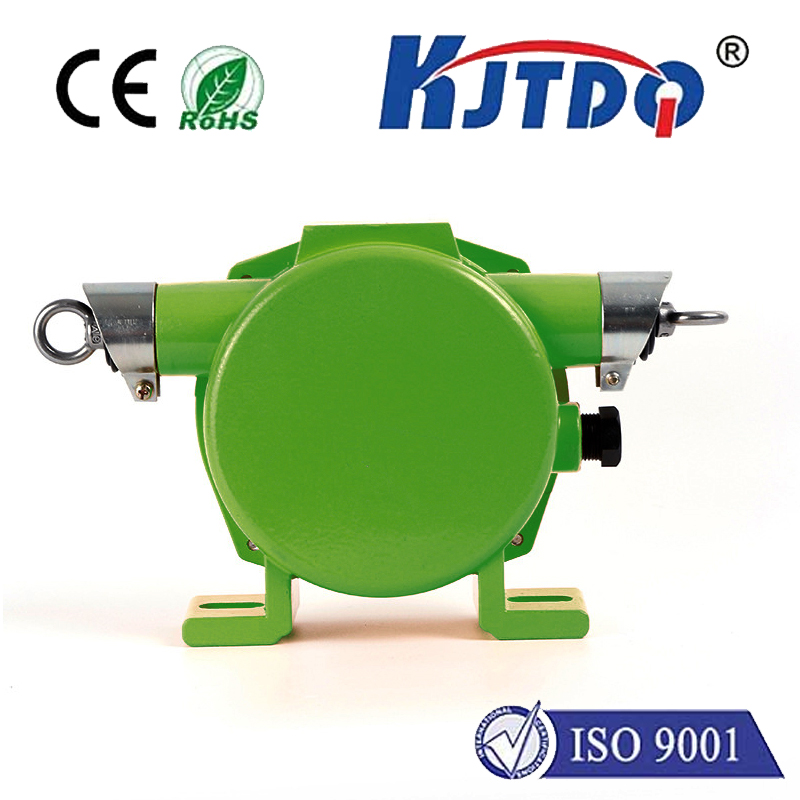

check

check

check

check
Title: Door Micro Switches: The Essential Guardians of Safety, Security, and Function
They work tirelessly behind the scenes, unseen and often unappreciated. Yet, without these tiny components, the smooth operation and safety of countless devices we rely on daily would be compromised. Door micro switches are fundamental electromechanical components, acting as the crucial link between a door’s physical position and an electronic system’s response. Understanding their function, types, and applications is key to appreciating their indispensable role in modern technology.
What Exactly is a Door Micro Switch?
At its core, a door micro switch is a highly sensitive, snap-action switch designed to detect the precise moment a door (or access panel) reaches a specific position – typically fully closed or fully open. Think of it as a miniature gatekeeper for electronic circuits. Inside its compact housing, a spring-loaded plunger or lever arm (the actuator) undergoes a rapid switching action when pressed or released by the moving door. This action instantly changes the switch’s internal electrical contacts, either opening or closing a circuit. This swift “snap-action” is critical; it ensures a clean, decisive electrical transition, minimizing arcing and wear, and provides tamper detection and position sensing feedback with remarkable reliability.
How Does This Tiny Sentinel Work?
The magic lies in the snap-action mechanism. When the door closes, it presses against the micro switch’s actuator. Initially, spring tension builds. Then, at a precise point called the trip point, this tension is suddenly released, causing the internal contacts to snap rapidly from one state (e.g., Normally Open - NO) to the other (e.g., Closed). Releasing the actuator allows another spring to snap the contacts back to their original position. This fast transition:
Why Use a Micro Switch for Doors? Key Advantages
Why choose a micro switch over other sensing technologies? Several compelling benefits make them the preferred choice for door position detection:
Where You’ll Find Door Micro Switches in Action

The applications for door micro switches are incredibly diverse, underpinning safety, security, and functionality across numerous sectors:
Security Systems & Access Control: Doors and windows equipped with alarms frequently use micro switches as the primary tamper detection sensor. If a protected door is opened unexpectedly, the switch triggers the alarm. Access control systems use them to verify secure closure.
Vending Machines & Kiosks: Micro switches detect when a service door or cashbox is opened, often triggering security logs or alarms to deter theft or tampering. They also ensure product compartments are closed before vending.
Industrial Machinery & Control Panels: Safety interlocks on machinery guards prevent operation if access panels are open, protecting workers. Control cabinet doors utilize them for safety and to signal status.
Automotive Applications: While less common on primary car doors today, micro switches are often found in glove compartments, trunk lids (to activate lights), sunroofs, and hood latches for alarm systems or indicator lights.
Elevators & Lift Doors: Ensure doors are fully closed before the elevator car moves, a fundamental safety requirement.
Commercial Refrigeration & Freezers: Door switches monitor door status, triggering alarms if left ajar for too long, preventing energy waste and food spoilage. They can also control interior lights.
Choosing the Right Door Micro Switch: Critical Considerations
Selecting the appropriate door micro switch is vital for reliable performance. Consider these factors:
Actuator Type: Match the actuator (roller lever, simulated roller lever, pin plunger, etc.) to the door’s closing mechanism and the required operating force/travel. Common Door Micro Switch Actuator Types
| Actuator Type | Best For | Typical Characteristics |
|---|---|---|
| Roller Lever | Sliding doors, doors needing over-travel | Longer reach, reduces friction |
| Simulated Roller Lever | Similar to roller lever where space is tight | Lever action, no actual roller |
| Pin Plunger | Direct, perpendicular actuation | Compact, precise trip point |
| Straight Lever | Applications requiring precise point activation | Simple, robust |
Electrical Rating: Ensure the switch can handle the voltage and current (AC & DC) of the circuit it controls (e.g., mains power for an appliance light vs. a low-voltage control signal for a security panel).
Environmental Protection (IP Rating): For outdoor use, humid environments (like dishwashers), or dusty industrial settings, choose a switch with an appropriate Ingress Protection (IP) rating (e.g., IP67 for temporary submersion).
Operating Life: Specify the required mechanical and electrical life expectancy based on the application’s duty cycle.
Termination Type: Screw terminals, solder lugs, spade connectors, or wire leads – choose based on installation needs.
Contact Configuration: Normally Open (NO), Normally Closed (NC), or Changeover (CO/SPDT) – select based on the required circuit logic (e.g., NC for a tamper alarm that triggers when the circuit opens).
Force & Travel: The operating force needed to trip the switch and the travel distance required must align with the door’s closing mechanism.
The Unseen Pillar of Functionality
From the moment you close your microwave door safely to heat lunch, to the industrial
